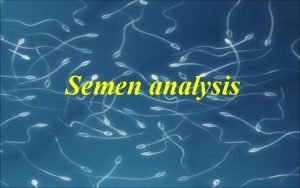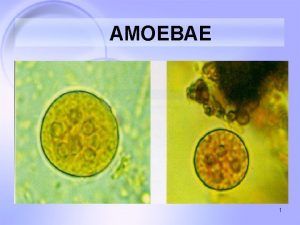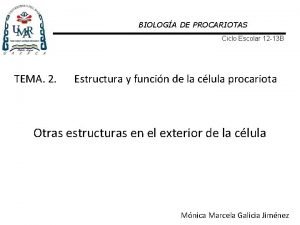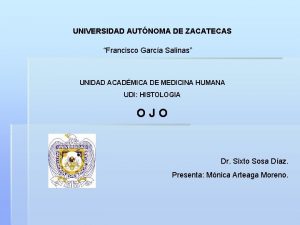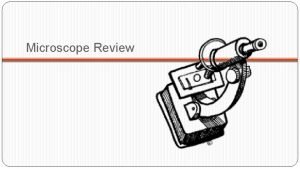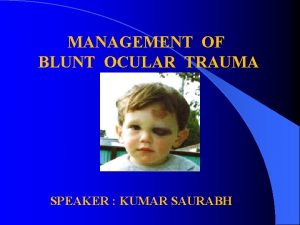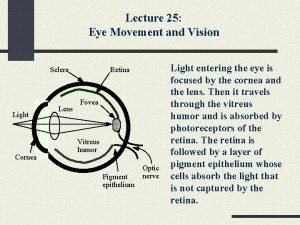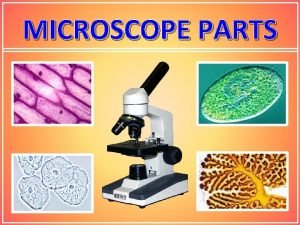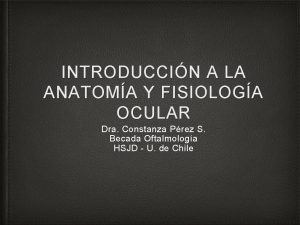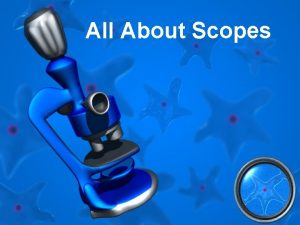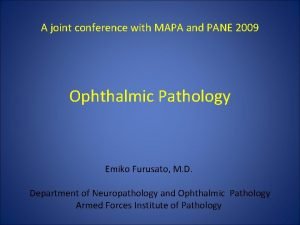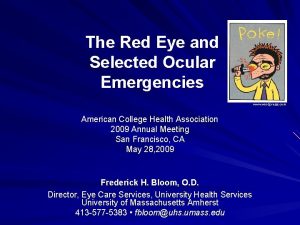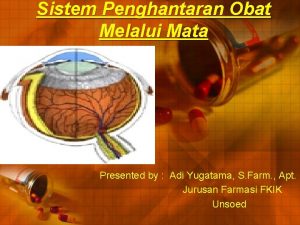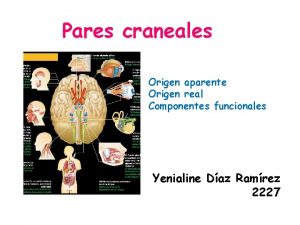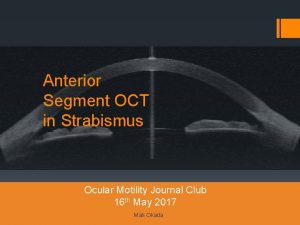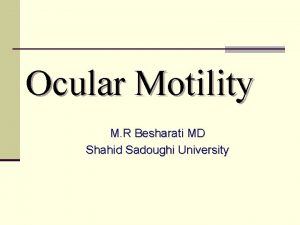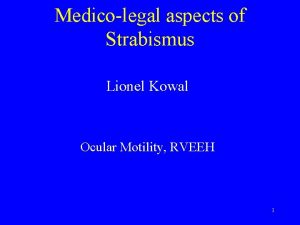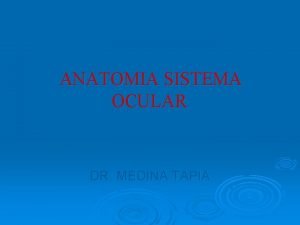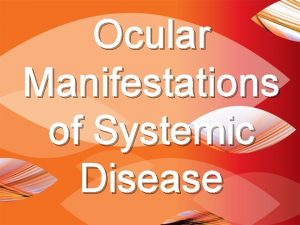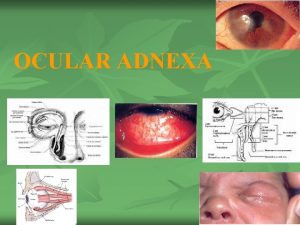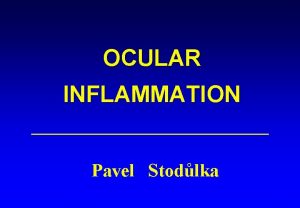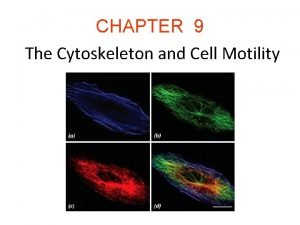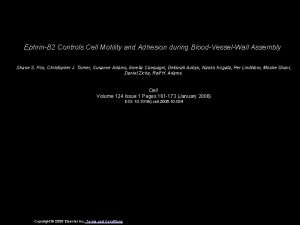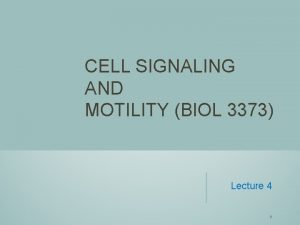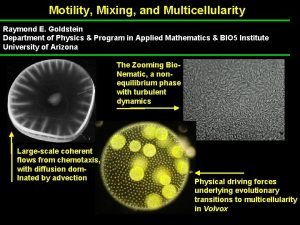THE OCULAR MOTILITY AND STRABISMUSSQUINT 3 By Dr

THE OCULAR MOTILITY AND STRABISMUS(SQUINT) 3 By Dr. Suhail Mushtaq Boobak MBBS, DOMS, MCPS, ICO(UK), FCPS, FRCS(UK) Associate Professor Ophthalmology Sargodha Medical College, University of Sargodha

Paralytic Squint(Incomitant) Deviation of the eye caused by the paralysis of EOMs. The deviation differs in different positions of the gaze. Aetiology Efferent pathway is defective 1 -Lesion of the motor nerve nucleus 2 -Lesion of nerve trunk

3 -Lesion of the muscle Symptoms • Diplopia • Vertigo , nausea Signs • Limitation of ocular movements • False orientation • Position of the head

Compensatory mechanism for diplopia �Suppression �Strabismic amblyopia �Abnormal retinal correspondence(ARC)

Clinical evaluation History Examination • Position of the eye • Position of the head • Cover test-To assess and note the deviation • Ocular motility

�Diplopia charting �Worth’s four dot test �Hess screen �Synoptophore





Third Nerve Palsy Cause • Idiopathic • Vascular—HTN, DM • Aneurysm • Trauma • Miscellaneus- Tumours, syphilis



Features of complete paralysis • Ptosis • Limitation of upward, downward, inward movements • Fixed dilated pupil • Accommodation is lost







Fourth Nerve Palsy Cause • Congenital • Trauma • Vascular-HTN, DM • Miscellaneus- Tumours, aneurysm

Features • Hypertropia • Limitation in depression on adduction • Excyclotorsion • Diplopia • Abrormal head posture



Sixth Nerve Palsy Cause • Acoustic neuroma • Nasopharyngeal tumours • Raised intracranial pressure • Basal skull fracture

Features • Limitation of abduction • Esotropia • Compensatory face turn-into the field of action of the paralyzed muscles


Treatment • Treat the cause if possible • Occlusion of the affected eye • Surgery After maximum recovery of the paralyzed muscles(6 months) 1 -Same eye-Recession of the antagonist muscle with resection of the paralyzed muscle. 2 -Opposite eye-Recession of the opposite synergist muscle

• Thanks
- Slides: 29

